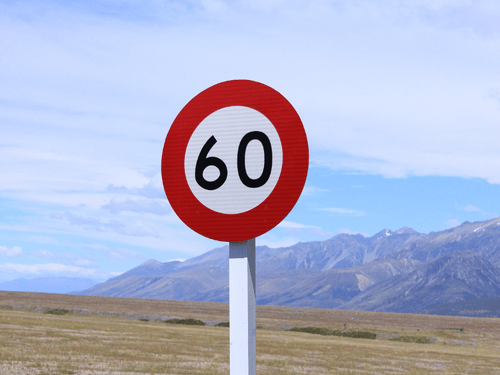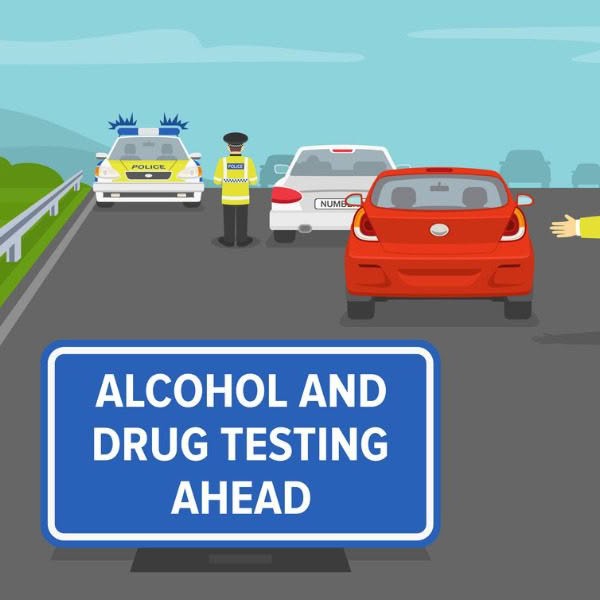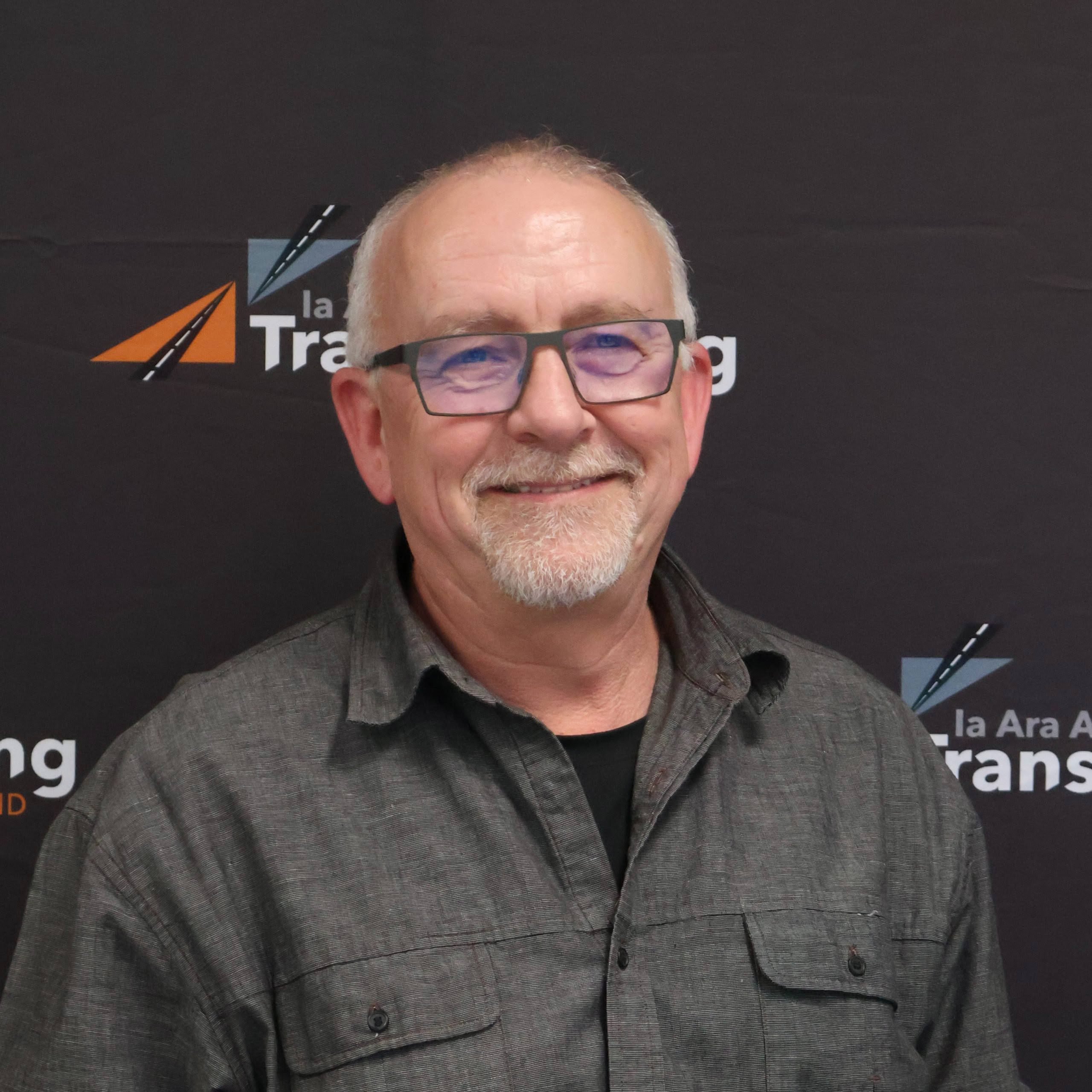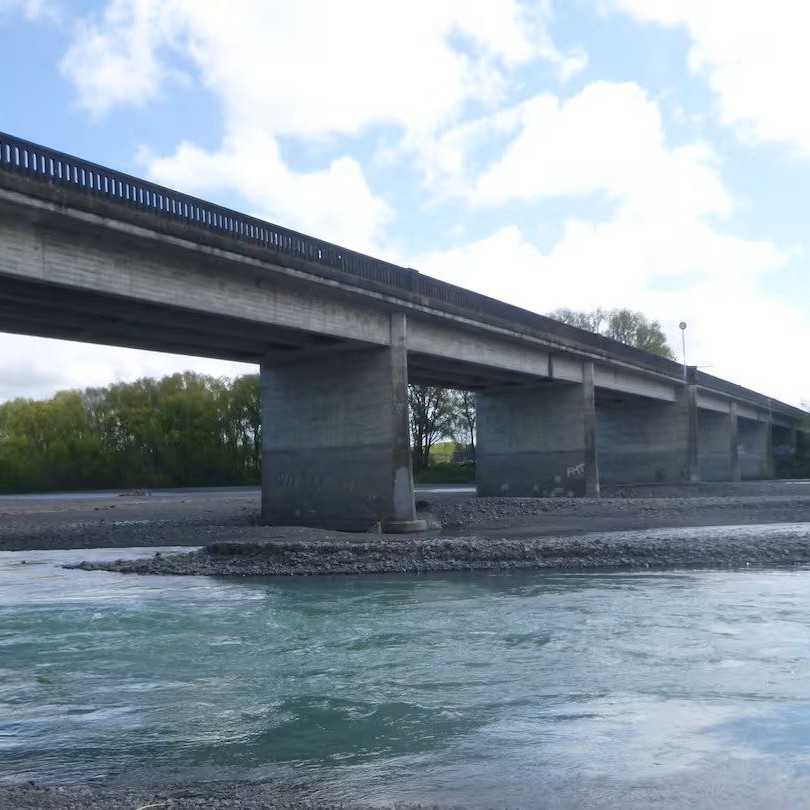
Tasman District Council has now confirmed its latest round of speed limit reductions, and unfortunately, it’s a disappointing outcome for our members and the wider community.
Transporting New Zealand engaged strongly with the consultation process, pointing out that on many of the roads under review, the mean operating speed was already well below the new limits being proposed. In other words, drivers had already adjusted their behaviour to suit the conditions. Changing the signs won’t change driver behaviour, but it will come at a cost to ratepayers and local businesses.
Examples include Goodall Road, which will drop from 100 to 60 km/h even though vehicles only average 36 km/h. Riwaka–Kaiteriteri Road will fall from 80 to 60 km/h, yet vehicles already travel at 46 km/h on average. Sandy Bay–Marahau Road will also move from 80 to 60 km/h, but with an average of 56 km/h, drivers are already under the new limit. These are clear cases of spending money to fix a problem that doesn’t exist.
The council’s own crash data shows that, at best, safety gains on some roads will be marginal. For many of the roads, there will be no safety gain at all. Yet these changes are still going ahead, with the inevitable costs that come with replacing signage and enforcing limits.
To give credit where it’s due, the council did accept some of our arguments during consultation, with 65 roads (out of 256) now getting advisory signs rather than formal reductions. But even there, the outcome is far from ideal. Advisory signs are still expensive to install and maintain, and they reflect a broader philosophy that drivers need to be told everything. That approach risks making drivers less attentive and more reliant on signage, the exact opposite of what we should want.
What’s most concerning is that this decision reflects a worrying shift in priorities. With safety gains ranging from nil to marginal, this is about optics rather than outcomes. It’s symbolic change, not genuine improvement. Instead of investing in engineering solutions or maintenance that would actually make roads safer and more efficient, we are seeing money go into a programme of speed limit reductions that achieves very little.
For freight operators, this adds to the long list of challenges. Our members are already under pressure from rising costs and a regulatory environment that too often prioritises appearance over evidence. Decisions like this only make it harder to run sustainable businesses that communities rely on every day.
Transporting New Zealand will continue to advocate for a more balanced approach to road safety, one that looks at the actual risks on each road, invests in engineering where it’s needed, and ensures that any changes deliver real, measurable benefits. Our industry can accept tough decisions if they are backed by sound evidence. What we cannot support is change for the sake of change.





